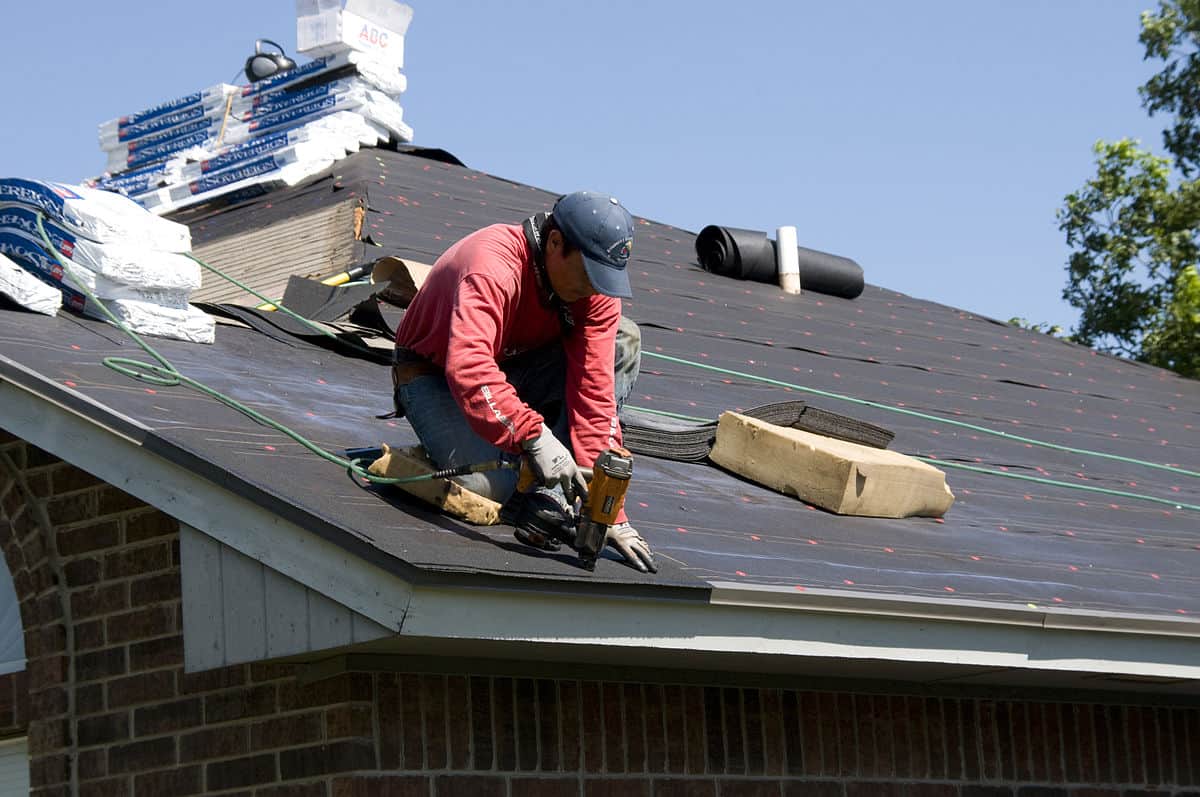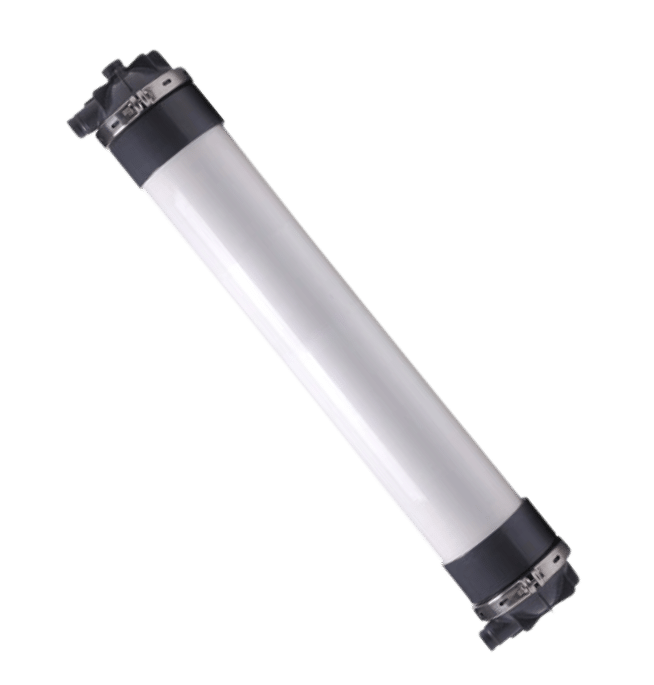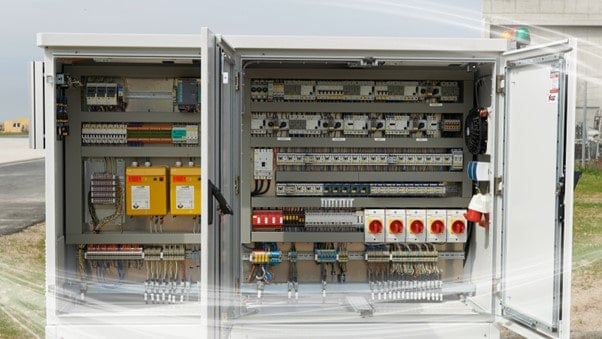
Image Source – Google
Setting up CCTV security cameras can be a great way to enhance the security of your home or business. While hiring a professional to install your CCTV system is always an option, many people prefer the DIY route to save on costs and have more control over the installation process. If you're considering installing CCTV security cameras on your own, here are some expert tips to help you get started.
Planning Your CCTV System
Determine Your Needs
- Identify the areas you want to cover with CCTV cameras.
- Consider the type of cameras you need (e.g., dome cameras, bullet cameras).
- Decide if you want a wired or wireless system.
Create a Camera Placement Strategy
- Place cameras at entry points such as doors and windows.
- Cover blind spots and areas with valuable items.
- Avoid pointing cameras directly at bright light sources.
Choosing the Right Cameras
Resolution and Quality
- Opt for high-resolution cameras for better image quality.
- Consider features like night vision for round-the-clock surveillance.
- Choose weatherproof cameras for outdoor use.
Field of View
- Select cameras with a wide field of view to cover more area.
- Adjust camera angles to minimize blind spots.
- Use PTZ (Pan-Tilt-Zoom) cameras for flexibility in monitoring.
Installing Your CCTV System
Positioning and Mounting
- Mount cameras at least 9 feet above the ground for optimal viewing angles.
- Ensure cameras are out of reach to prevent tampering.
- Use mounting brackets and hardware suitable for the camera type.
Routing Cables
- Plan cable routes to avoid interference and damage.
- Use cable clips or conduits to secure and protect cables.
- Keep cable lengths to a minimum for a neater installation.
Setting Up Monitoring and Recording
Connect to a DVR or NVR
- Follow the manufacturer's instructions for connecting cameras to a digital video recorder (DVR) or network video recorder (NVR).
- Ensure adequate storage capacity for recording footage.
- Set up scheduled recording or motion-activated recording based on your preferences.
Remote Viewing and Mobile Access
- Configure your CCTV system for remote viewing on a computer or smartphone.
- Use secure login credentials to protect access to your camera feeds.
- Install mobile apps provided by the camera manufacturer for convenient access on the go.
Testing and Maintenance
Check Camera Feeds
- Verify that each camera is capturing the intended area with clear footage.
- Adjust camera settings for optimal performance if needed.
- Test remote viewing to ensure access from different devices.
Regular Maintenance
- Clean camera lenses and housings to avoid dirt and debris buildup.
- Inspect cables and connections for wear and tear.
- Update firmware and software for security patches and new features.
By following these expert tips for DIY CCTV security cameras installation, you can set up a reliable surveillance system to protect your property. Remember to consult the user manuals provided with your CCTV equipment for specific guidance on installation and setup. If you encounter any difficulties during the installation process, don't hesitate to seek assistance from the manufacturer's customer support or a professional installer.







